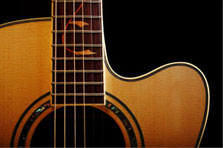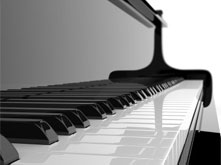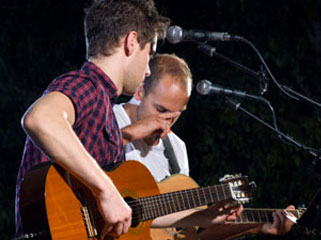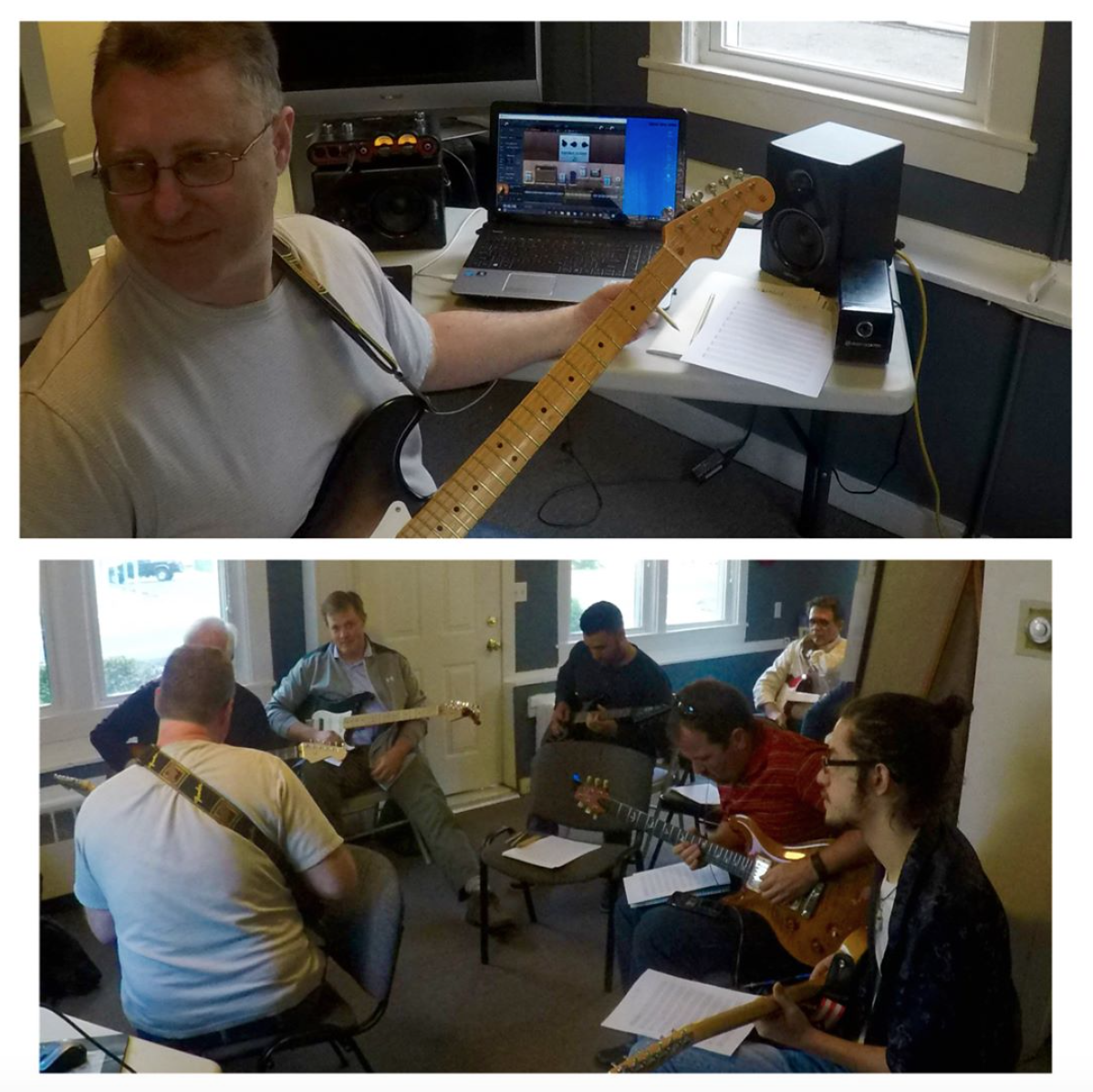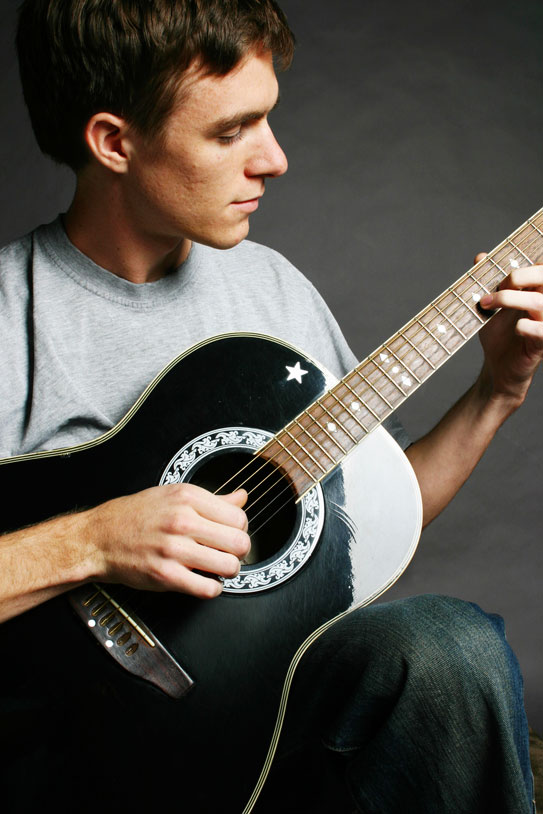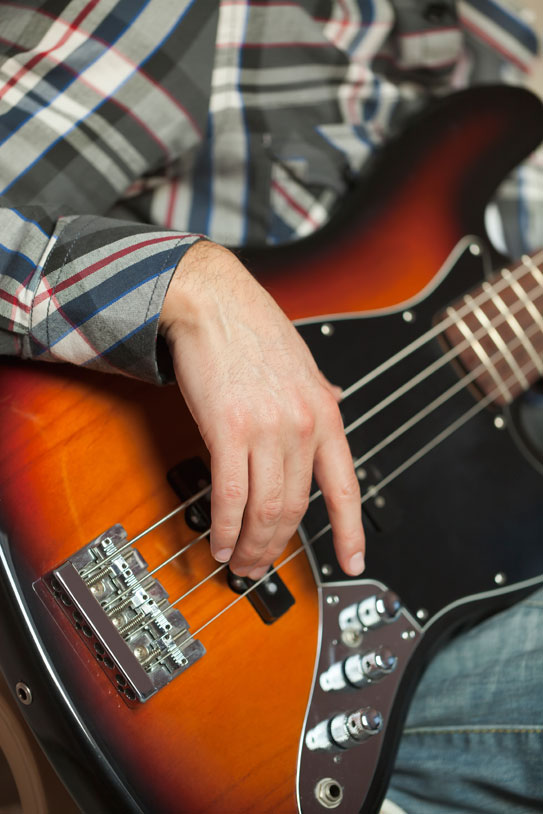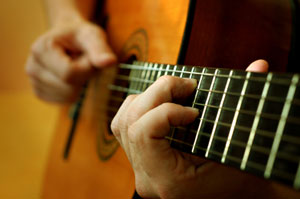
Blog
May 10 2017 |
The Process Of Transcribing Songs And Solos For GuitarBy: Frank Macri Posted in: Guitar Basics Highlights notes and photos from our latest guitar clinic on transcribing songs and solos for guitar:
The Process of Transcribing We're going to start by looking at single notes because most people find them easier to start off with than chords 1. Listening The first thing you need to do when you decide you are going to learn a song (or solo or riff or whatever) is LISTEN to what you will transcribe. Listen 20 or 30 times to the song or solo and try and get to the point where you can hear (imagine) the song in your head when it's not playing. The better you get at this; the easier transcribing will be and the more benefits it will have when you can do it well. If I'm doing a solo, I will usually do it in sections. Listen to a few licks over and over and get them in my ear, I try and sing them too (which I recommend you do even if you are a bit out of tune with it. Trying will help you get it in your mind. 2. Tune Up 3. One note at a time Once you have the music in your mind (at least a little) we will start trying to figure out the notes on the guitar. We'll do this by learning to stop the track at the right time because: The last thing you hear, stays in your ear. You can slow the track down or even loop one note so you can work it out BUT it's better to try and use the pause and keep the note in your "ear memory" if you can. 4. Write It Down Be sure that you understand that what you write down, can (and most likely will) change as you think more about note positions, bends, slides and other such complexities... as a beginner transcriber you should not worry about such things, it will make it too complex, so save some of that for later. 5. Rest 6. Time to Play Once you have it written down you should start to play it, it will help you check it too. If you can't play it at full speed, then slow it down to play along More experienced transcribers at this stage might think more about positions and which string a note may have been played on. This can be very difficult and should only be attempted once you are confident with the other aspects of transcribing. As you get more into transcribing artists you will figure out their tricks or the way they naturally play stuff, positions, fingerings and techniques they gravitate to. 7. Don't be put off by mistakes I have a collection of transcriptions I did many years ago and they are terrible. Totally all over the place, wrong notes, wrong chords, wrong rhythms, wrong tunings - you name it, I made the mistake!! I can't comprehend how wrong some of them sound, but I thought they were fine at the time and I remember playing some of them along with the recordings and somehow didn't notice they sounded horribly out of tune! 8. Analyze This And once you can play it you should try and understand it, using theory to dissect it, break each lick or phrase into smaller digestible chunks and learn how you might use the bits in your own playing. This of course requires some theory knowledge and understanding of harmony - which is something I highly recommend to all guitar players. -Michael Odell |
